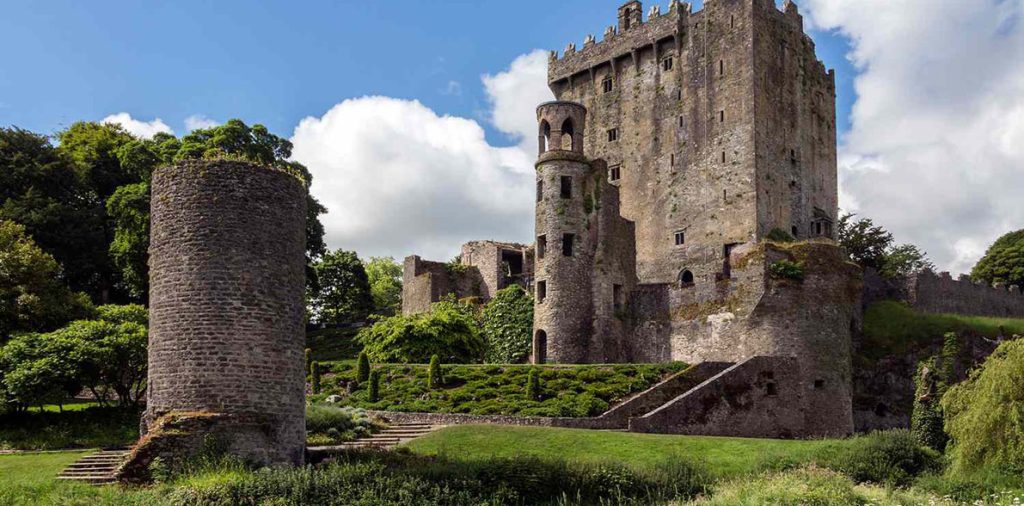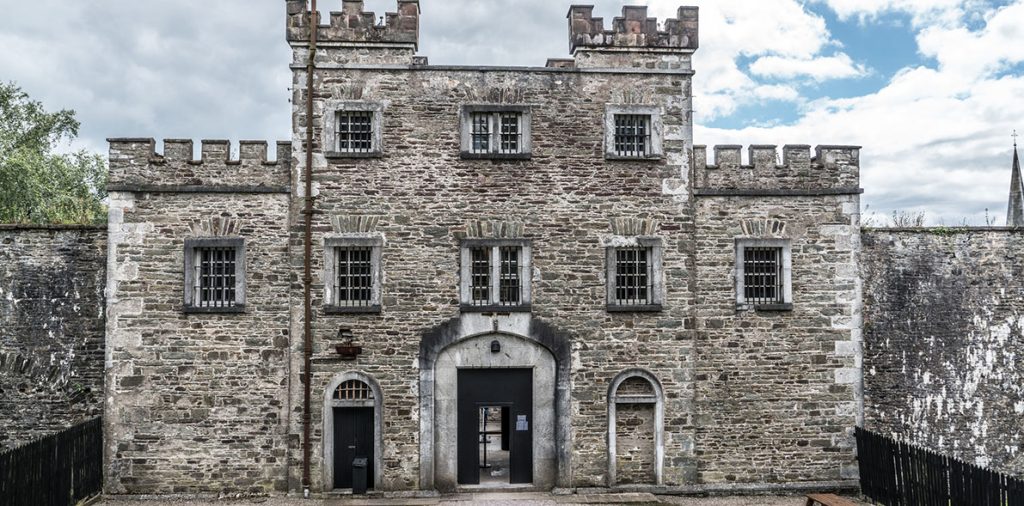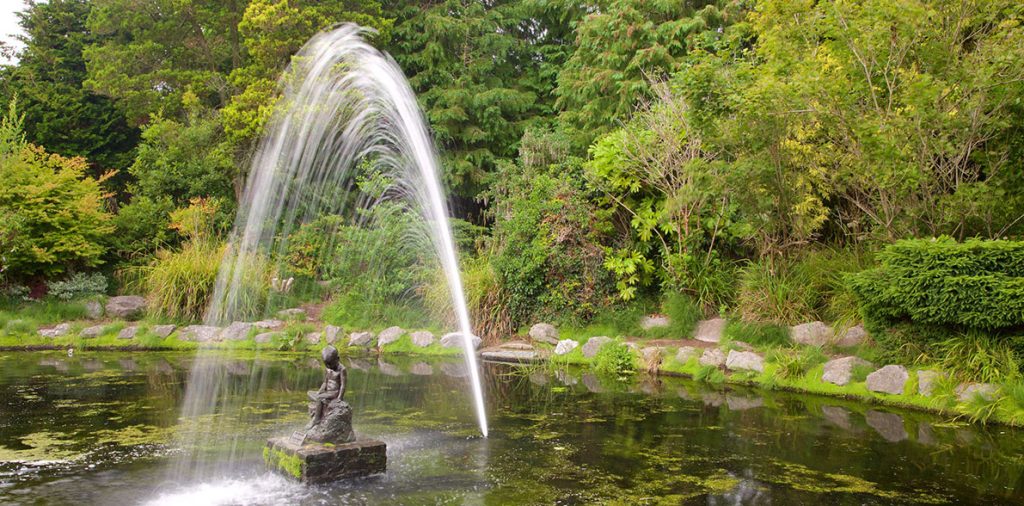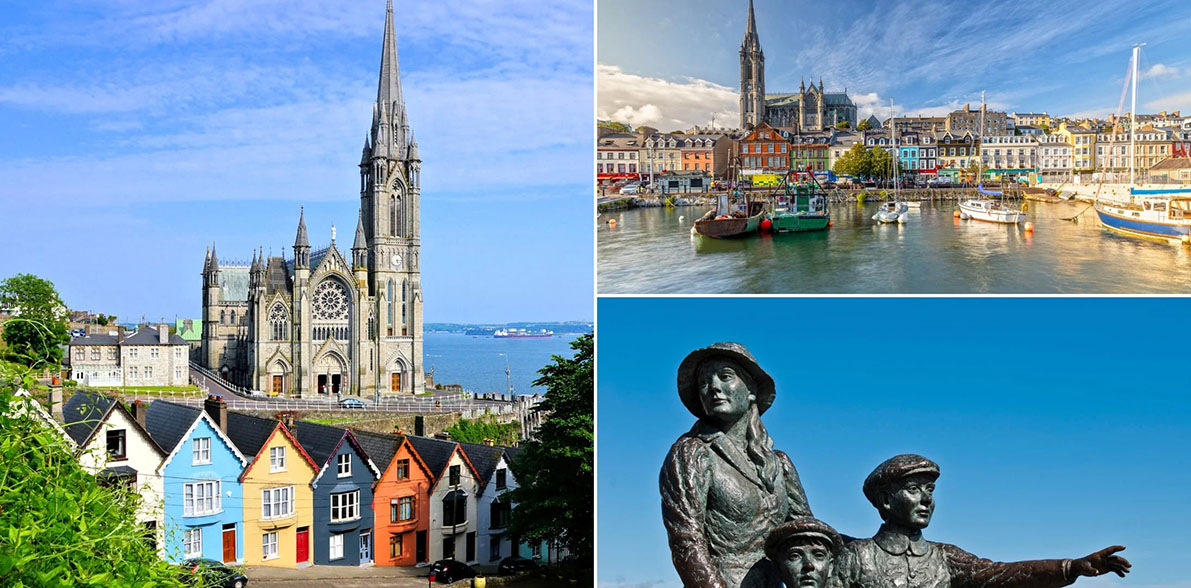Cork, the second-largest city in Ireland, is often affectionately referred to as the “Rebel City.” With its rich history, vibrant culture, and scenic landscapes, Cork offers an array of must-see landmarks that should be on every traveler’s itinerary. On my recent trip to Cork, I set out to explore some of its most iconic sites, and I was not disappointed. From the world-famous Blarney Castle to the bustling English Market, Cork’s landmarks offer a unique glimpse into Ireland’s past and present.
1. Blarney Castle: A Kiss for Good Luck
No trip to Cork is complete without visiting Blarney Castle, home to the legendary Blarney Stone. Situated just a short drive from Cork City, Blarney Castle is one of Ireland’s most famous landmarks. I arrived early in the morning to beat the crowds and was immediately struck by the castle’s imposing structure, surrounded by lush gardens and woodlands.

The castle itself dates back to 1446 and is steeped in history. As I made my way up the narrow spiral staircase to the top of the tower, I couldn’t help but feel a sense of anticipation. The Blarney Stone, which is set into the battlements, is said to bestow the “gift of the gab” – eloquence and persuasive speech – upon those who kiss it. The act of kissing the stone requires you to lean backward over a drop, while holding onto iron railings. It’s a bit nerve-wracking, but the experience is unforgettable.
After kissing the stone, I took some time to explore the castle’s extensive grounds. The Rock Close, with its ancient druidic stones, is particularly enchanting. The gardens are beautifully maintained, with pathways leading to various points of interest, including the Poison Garden, which features a collection of deadly and toxic plants. It’s a fascinating place to wander, and I found myself losing track of time as I explored every nook and cranny.
2. St. Fin Barre’s Cathedral: A Gothic Marvel
Another must-see landmark in Cork is St. Fin Barre’s Cathedral, a stunning example of Gothic Revival architecture. Located in the heart of Cork City, the cathedral is dedicated to St. Fin Barre, the patron saint of Cork. As I approached the cathedral, I was immediately captivated by its three spires, intricate stone carvings, and impressive stained glass windows.
The interior of St. Fin Barre’s is just as awe-inspiring as its exterior. The high vaulted ceilings, detailed mosaics, and beautiful marble columns create an atmosphere of grandeur and reverence. One of the highlights of the cathedral is the Golden Angel, a gilded figure that stands atop the roof, overlooking the city. According to local legend, the angel will blow its horn to signal the end of the world.
During my visit, I was fortunate enough to catch an organ recital, which added to the cathedral’s serene ambiance. The acoustics are remarkable, and the music reverberated throughout the space, creating a truly magical experience.
3. The English Market: A Culinary Delight
For a taste of local life, there’s no better place to visit than the English Market, one of Cork’s oldest and most beloved institutions. The market has been in operation since 1788 and is a hub of activity, offering everything from fresh produce and artisanal cheeses to traditional Irish meats and seafood.
Walking through the market, I was immediately struck by the vibrant atmosphere. The stalls are packed with a dazzling array of goods, and the vendors are friendly and eager to share their knowledge. I took my time exploring each section, sampling local delicacies like Clonakilty black pudding, Irish farmhouse cheeses, and freshly baked soda bread.
One of the highlights of my visit was stopping by the fish stalls, where I marveled at the selection of fresh seafood. The market’s butchers also caught my attention, with their impressive displays of locally sourced meats. It’s clear that the English Market is a food lover’s paradise, and I couldn’t resist picking up a few items for a picnic later in the day.
I also made a point to visit the Farmgate Café, located on the mezzanine level of the market. The café serves delicious dishes made from ingredients sourced directly from the market stalls below. I opted for the traditional Irish stew, which was hearty and flavorful, perfect for a chilly day in Cork.
4. Cork City Gaol: A Step Back in Time
For a deeper understanding of Cork’s history, I highly recommend a visit to Cork City Gaol. This former prison, which operated from 1824 to 1923, offers a fascinating glimpse into the lives of those who were incarcerated there. The building itself is an impressive example of 19th-century architecture, with its high walls and imposing façade.

As I walked through the gaol’s eerie corridors, I was struck by the stark contrast between the building’s exterior beauty and the harsh realities of life inside. The cells are small and cramped, with little more than a wooden bed and a small window. Many of the prisoners were held for minor offenses, and their stories are brought to life through a series of exhibits and audio-visual displays.
One of the most poignant moments of my visit was standing in the execution yard, where several prisoners met their fate. It’s a sobering reminder of the gaol’s dark past, but also a testament to the resilience of those who endured such hardship.
5. The Shandon Bells and St. Anne’s Church: Ringing in the Views
For one of the best views of Cork City, head to St. Anne’s Church and climb the tower to ring the famous Shandon Bells. The church, located in the Shandon district, is easily recognizable by its red and white clock tower, known locally as the “Four-Faced Liar” because each clock face can show a slightly different time.
The climb to the top of the tower is steep, but the effort is well worth it. Along the way, I had the opportunity to ring the Shandon Bells, choosing from a selection of tunes provided on a sheet of music. It’s a fun and interactive experience that I would highly recommend.
Once I reached the top of the tower, I was rewarded with panoramic views of Cork City and the surrounding countryside. It’s the perfect spot to take in the city’s layout, with its mix of historic buildings, winding streets, and modern developments.
6. University College Cork: A Campus Steeped in History
My next stop was University College Cork (UCC), one of Ireland’s oldest and most prestigious universities. The campus is a blend of historic and modern architecture, with beautiful gardens and green spaces. As I strolled through the grounds, I couldn’t help but be impressed by the sense of history and tradition that permeates the university.
One of the highlights of my visit was the Glucksman Gallery, a contemporary art space located on the UCC campus. The gallery features rotating exhibitions of modern and contemporary art, as well as a series of educational programs and events. It’s a great place to spend a few hours, whether you’re an art enthusiast or simply looking for a peaceful retreat.
Another must-see on the UCC campus is the Stone Corridor, a covered walkway lined with ogham stones – ancient standing stones inscribed with early Irish script. The corridor is part of the university’s original quadrangle, a stunning example of Gothic Revival architecture.
7. Fitzgerald Park: A Tranquil Escape
After exploring the city’s historic sites, I decided to spend some time in Fitzgerald Park, a beautiful public park located along the banks of the River Lee. The park is named after Edward Fitzgerald, the Lord Mayor of Cork who was instrumental in its creation in the early 20th century.

Fitzgerald Park is a haven of tranquility, with its manicured lawns, flowerbeds, and sculptures. The park also features a charming pond, complete with swans and ducks, as well as a playground for children. I spent a leisurely afternoon strolling through the park’s pathways, enjoying the peaceful atmosphere and the stunning views of the river.
One of the park’s main attractions is the Cork Public Museum, located within the park grounds. The museum houses a fascinating collection of artifacts related to Cork’s history, including archaeological finds, historical documents, and works of art. It’s a great place to learn more about the city’s past and its role in Irish history.
8. Crawford Art Gallery: A Cultural Gem
My final stop in Cork was the Crawford Art Gallery, a must-visit for art lovers. Located in the heart of the city, the gallery is housed in a stunning 18th-century building that was once the city’s custom house. The gallery’s collection includes works by Irish and international artists, spanning a variety of genres and periods.
During my visit, I was particularly drawn to the gallery’s collection of 19th-century Irish art, which includes works by renowned artists such as Daniel Maclise and John Lavery. The gallery also features a selection of contemporary art, with rotating exhibitions that showcase the work of emerging and established artists.
One of the highlights of the Crawford Art Gallery is its collection of casts from the Vatican Museum, which were commissioned in the early 19th century by the first Director of the Cork School of Art. The casts include replicas of famous sculptures from classical antiquity, providing a fascinating insight into the art and culture of ancient civilizations.
Cork is a city that seamlessly blends its rich history with a vibrant modern culture. From the legendary Blarney Castle to the bustling English Market, the city’s landmarks offer something for every type of traveler. Whether you’re a history buff, a foodie, or an art enthusiast, Cork has plenty to offer. My journey through the city’s must-see landmarks was both enlightening and enjoyable, and I highly recommend exploring these sites on your next visit to Cork.
